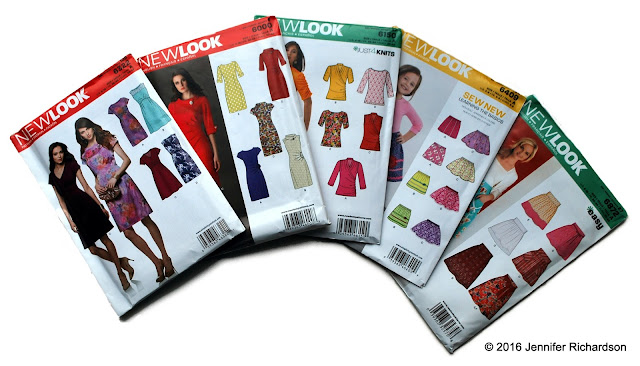Back in November two of my crafting friends and I booked on to the
free machine embroidery workshop at
The Craft Studio in Nottingham for February to give ourselves something to look forward to post Christmas. At the time it felt like it was ages away, but a couple of weeks ago we finally got to go on it!
I first used free machine embroidery on my fashion textiles course back at college years ago to stitch things like trees and leaves and have also free machine embroidered the odd gift card. Most recently I have free machine embroidered on top of some custom printed map fabric, which I wrote about
here. But I had never really incorporated different bits of fabrics into a design to create more of a picture or scene. So this was what I was hoping to gain some tips for doing and despite not being completely new to free machine embroidery I still learnt plenty of new tips from Clare at The Craft Studio that I will certainly be putting into practice to do more free machine embroidery in the future. I always used to blame my old machine having a side loading bobbin for the cause of jamming and getting the bird’s nest of thread, but it would seem this was not always necessarily the culprit!
With just 7 people in the class there was a nice, friendly atmosphere. Clare’s instruction was always clear and informative. Clare started us off just doing some simple doodling on to a piece of calico in order to get everyone used to moving the fabric around. We were supposed to just practice going in circles, but I got carried away and started drawing a kite!
Next we moved on to tracing shapes and drew 4 shapes (a square, a circle, a heart, & a triangle) onto a piece of calico with a pencil and then attempted to follow the outlines on the machine.
We then moved on to more complex shapes and tried drawing the outline of a bird and a flower before taking the same shapes and looking at how to applique fabric into the design.
 |
| © 2016 Jennifer Richardson |
After we had worked through these tasks to gain some confidence we were able to start on our own project of our choosing. I had done quite a bit of looking on Pinterest for inspiration so had found a few ideas, but one of my favourites was a picture of a robin someone had done using different bits of fabric and outlined in a sketchy way with the stitching. So I decided I wanted to attempt to do a similar robin and liked the idea of sitting him on top of a spade handle. After rummaging through Clare’s scrap fabric bags to find some suitable bits of fabric for my robin I set about drawing out my design and cutting everything out. I attached my design to a calico tote bag and I was pretty pleased with the result. I must have been concentrating so hard trying to ensure I finished my design before I left that I was completely wiped out by the time I got home!
 |
| © 2016 Jennifer Richardson |
At the end of the workshop we were able to look around The Craft Studio shop and we all stocked up on supplies to get us set up with free machine embroidery at home. We had such a fun day and I would highly recommend doing a workshop at The Craft Studio if you get the chance.
Last week I put my new skills into practice to make this Mother’s Day card for my Mum, which she loved :-)
 |
| © 2016 Jennifer Richardson |





















